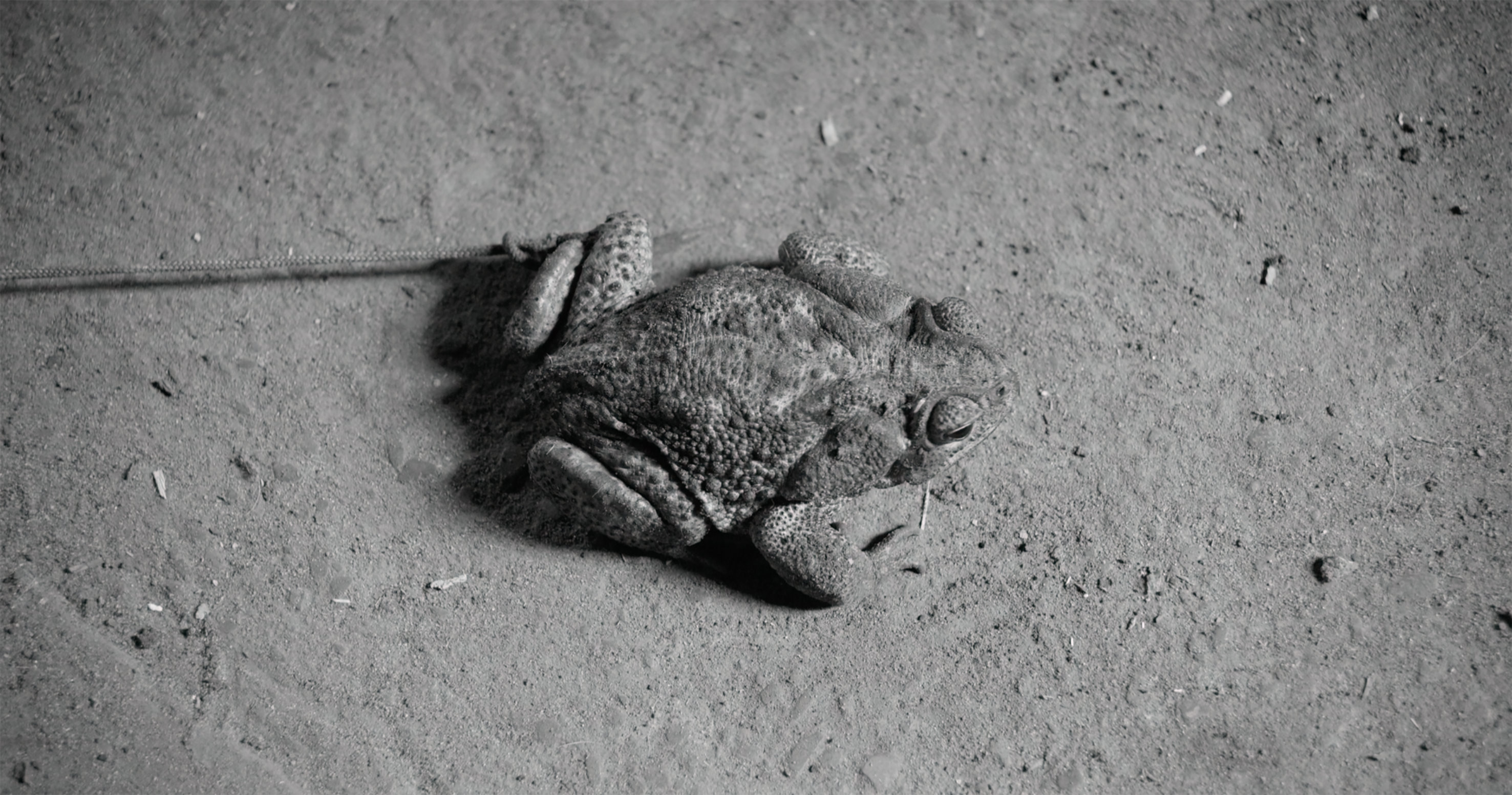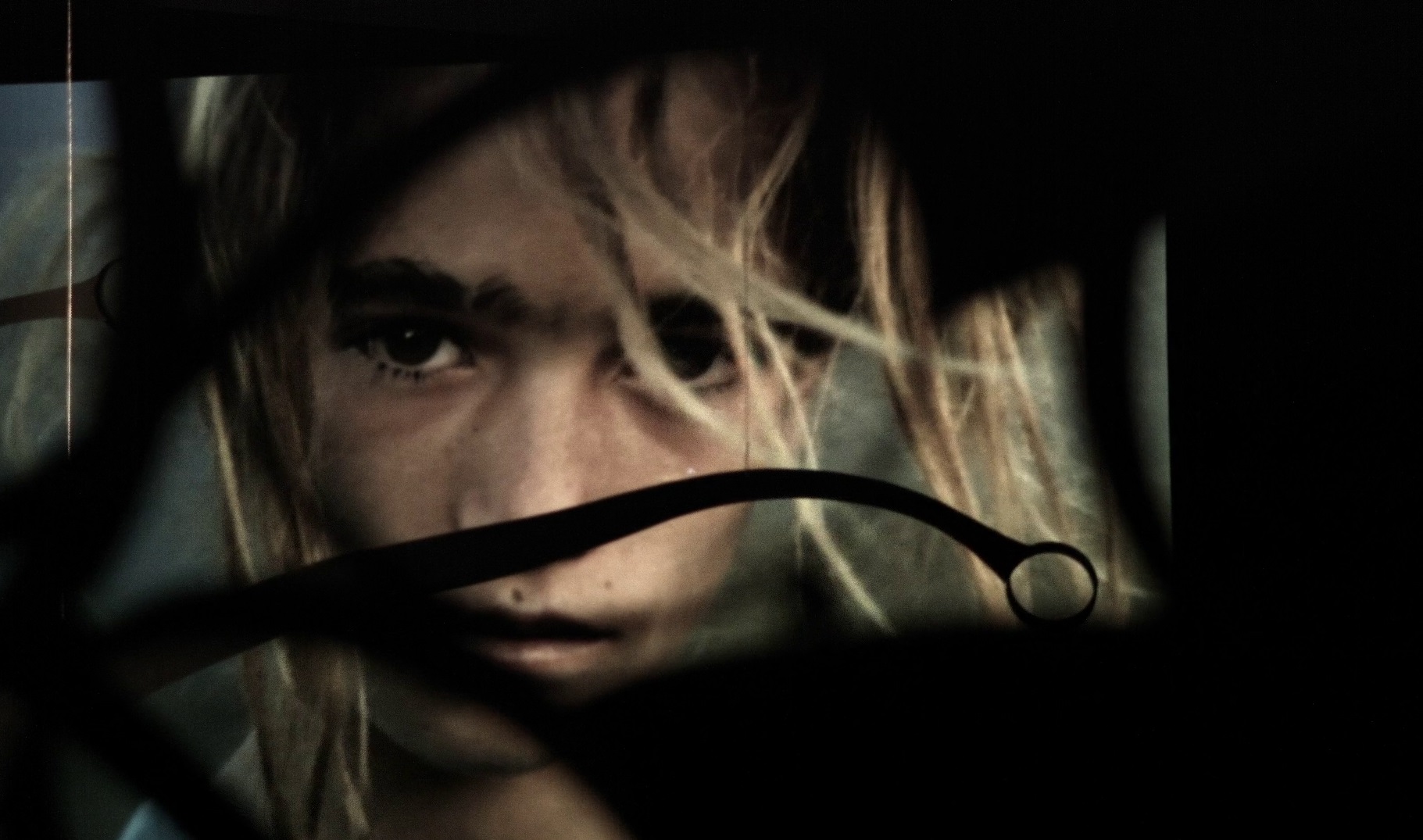Lost Lost Lost – in the midst of the end of the world
Experimental slow cinema, hybrid documentaries, convention-defying features, and film essays—curators Agnieszka Szeffel, Mariusz Mikliński, and Mariusz Wojas once again bring us cinema from the outskirts, works from past years, often overlooked or lost within the festival circuit.
Last year, Pablo Sigg completed his Lamaland trilogy, a project spanning over a dozen years, which began in 2011 with the documentary Der Wille zur Macht. Its protagonists—brothers Friedrich and Max Josef Schweikhart—were among the last descendants of German settlers led by Elisabeth Nietzsche and her husband Bernhard Förster, who founded the Aryan colony of Nueva Germania in the heart of the Paraguayan jungle in the late 19th century. The utopia, it seems, continues. Living in near-total isolation according to ancestral rules, the Schweikharts appear in Sigg’s imagination as “the last people.” Their participation in the film—a medium entirely unfamiliar to them—gives the impression of cinema documenting humanity for the first time. Devoid of overt drama, these Cain-and-Abel-like figures—or perhaps Vladimir and Estragon—submit their faces and bodies to Sigg’s vision, their days shaped by nature and full of minor rituals. Silent, tenacious, and proudly alone, they dwell among ruins and objects whose purposes have long been forgotten. In Wrocław, the Lamaland trilogy will be viewed in its entirety for the first time during a single screening. This complete work aligns with a current of reflection on the continuum in art cinema, championed by filmmakers such as Pedro Costa—the very subject of Júlio Alves’ Dialogue of Shadows. If interest in “slow cinema” has waned, it may be because slowness has morphed into something different—an erasure of time, a deep attachment to a particular universe and the people who inhabit it. Be it the Schweikhart brothers in Nueva Germania, Ventura and Vitalina in Fontainhas, Lee Kang-sheng wandering the world, Jake Williams in a remote Scottish forest in Ben Rivers' films, or companhia (Portuguese for "company") gathered at the Serralves Museum—who include Costa’s favorite artists, masters and friends, as well as artifacts that often function as fetishes in his cinema.
No doubt, Pablo Sigg wrote to us, the ideas of timelessness as a curse, continuum as a condemnation, are at the very heart of the Lamaland films. A guest of this year’s New Horizons—following in the footsteps of Béla Tarr—Sigg proclaims the end of the world. But there is still much to discover on the other side. After all, the Schweikhart brothers disappear in the first film, only to reappear in the next two as specters of the hereafter—before vanishing again. The provocatively Spanish collective Terrorismo de Autor begins their film THIS with end credits (sic!). The anarchist collage blurs birth and death, ending and beginning, shuffling them like a deck of tarot cards. Their Godardian film riffs on the madness of history—how discredited ideologies rise again, how time moves in caricatured spirals. But will THIS ever finish?
This year's Lost Lost Lost section program includes:
Lamaland, dir. Pablo Sigg | Mexico, Switzerland 2018-2024, 242’
World premiere of the full trilogy Satan (2018), Dance of Death (2023), Paradise (2024) by Mexican-Swiss director Pablo Sigg. Presented in a single screening for the first time, Lamaland is the culmination of Sigg’s years-long collaboration with the Schweikhart brothers, the last descendants of settlers from Nueva Germania—a Lutheran Aryan enclave founded in 1886 by Friedrich Nietzsche's sister, Elisabeth. Living alone, isolated from the world, the brothers became actors in a three-part play that, like Béla Tarr’s The Turin Horse, contemplates the end of the world.

Dialogue of Shadows (Diálogo de Sombras), dir. Júlio Alves | Portugal 2021, 60’
Júlio Alves (Sacavém), exploring the role given to objects in cinema, continues his cinematic exploration of Portuguese master Pedro Costa. Taking as its point of departure the exhibition Pedro Costa: Companhia at the Serralves Museum in Porto, Alves dives into the textures of Costa’s universe: friendships, interests, and inspirations—from Picasso paintings, and films of Chaplin, Ozu, Akerman to Nozolino’s photographs and Chafes’ sculptures. But instead of explanation, Alves abandons the desire to understand his protagonist, creating a visual maze in which both the neophyte and the seasoned connoisseur of Portuguese cinema will get lost.

THIS (ESTO), dir. Terrorismo de Autor | Spain 2022, 73’
A Godardian play on death, mourning, and history. A tale of communists and fascists, identity in the trenches, motherland, civil war, and intergenerational dialogue. The most Spanish film you’ll ever see—where General Franco manipulates his daughter Carmencita, and General Custer slaughters Native Americans at the Battle of Little Bighorn. A film like life: a process, a dream of a process ending in victory, a new beginning, a meaningful end. The audiovisual collective Terrorismo de Autor lays tarot cards on cinema and forces the hands of the clock to move backward—to see what lies ahead.

The full Lost Lost Lost section lineup (as well as the complete festival program) will be announced on July 1.
For more Lost Lost Lost updates, follow Bezruch filmowy on FB and IG.
